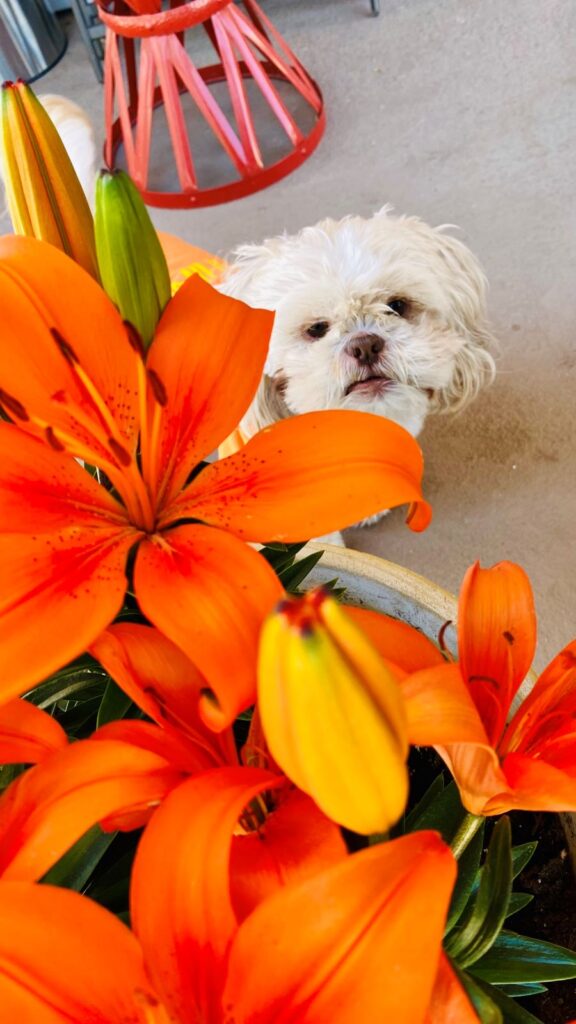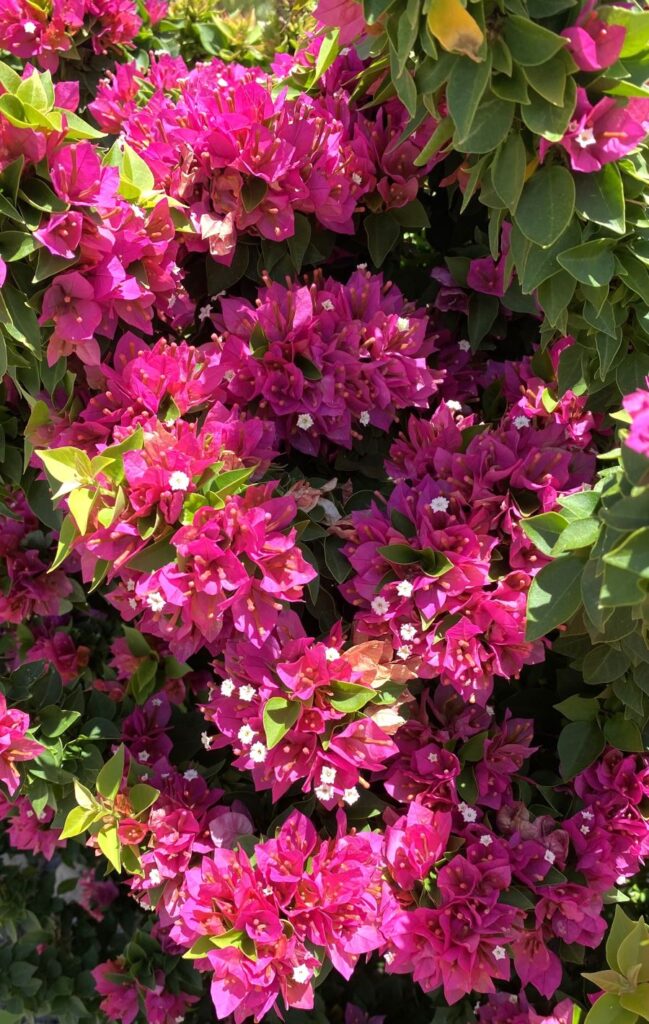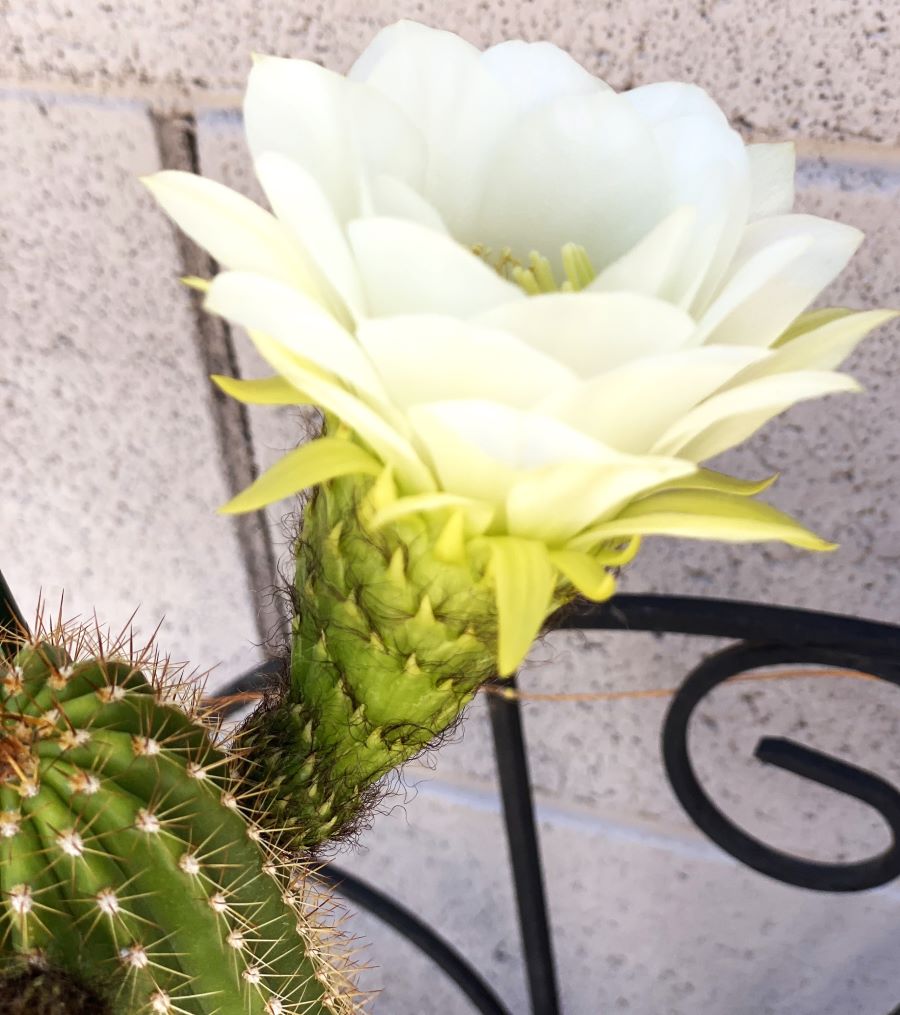Chili Plants



Choosing chili plants that are well-suited to your local climate and soil conditions is essential. Living here in Arizona, my Carolina Reapers bloomed beautifully due to the hot climate. I purchased my Reaper as a plant. If you decide to grow chili peppers, you’ll need to choose between starting from seeds or buying plants. Starting from seeds is a longer process; you’ll begin indoors, nurturing them for about 6 to 8 weeks before moving them outdoors for replanting.
Selecting the best method for cultivating your chili plants.
Whether you choose to grow chili peppers in containers, a big beautiful pot, or a raised garden bed, they can thrive with the right care. Using pots has many benefits, including water retention and keeping unnecessary insects away. Personally, I grow all my chilies in pots, and they produce amazing results. You can have an assortment of plants, from fiery Habaneros to Jalapenos. Or, if you’re up for a challenge, buy a Carolina Reaper plant and test your green thumb. If you love making salsa like I do, consider planting serranoes, and jalapenos. And don’t forget your tomatoes for a tasty salsa!
Nutrient Needs
All plants have specific nutrient requirements to support their growth. Remember the right balance of nutrients, such as nitrogen, phosphorus, and potassium, you can ensure healthy growth. See my blog about soil.
Importance in Pruning
Be gentle with your plants; they require pruning for good health. Autumn is the ideal season for pruning, preparing them for winter and subsequent spring production. Pruning lower branches improves air circulation and prevents diseases from affecting the leaves. Additionally, trim any dry leaves or branches to encourage stem growth. Remember to use clean, sharp pruning shears. Personally, I find my Fiskars Micro-Tip Pruning Snips (6”) to be the perfect size for pruning chili plants.








